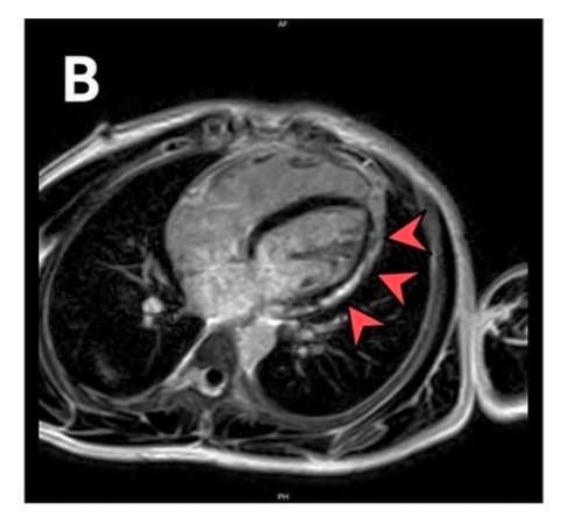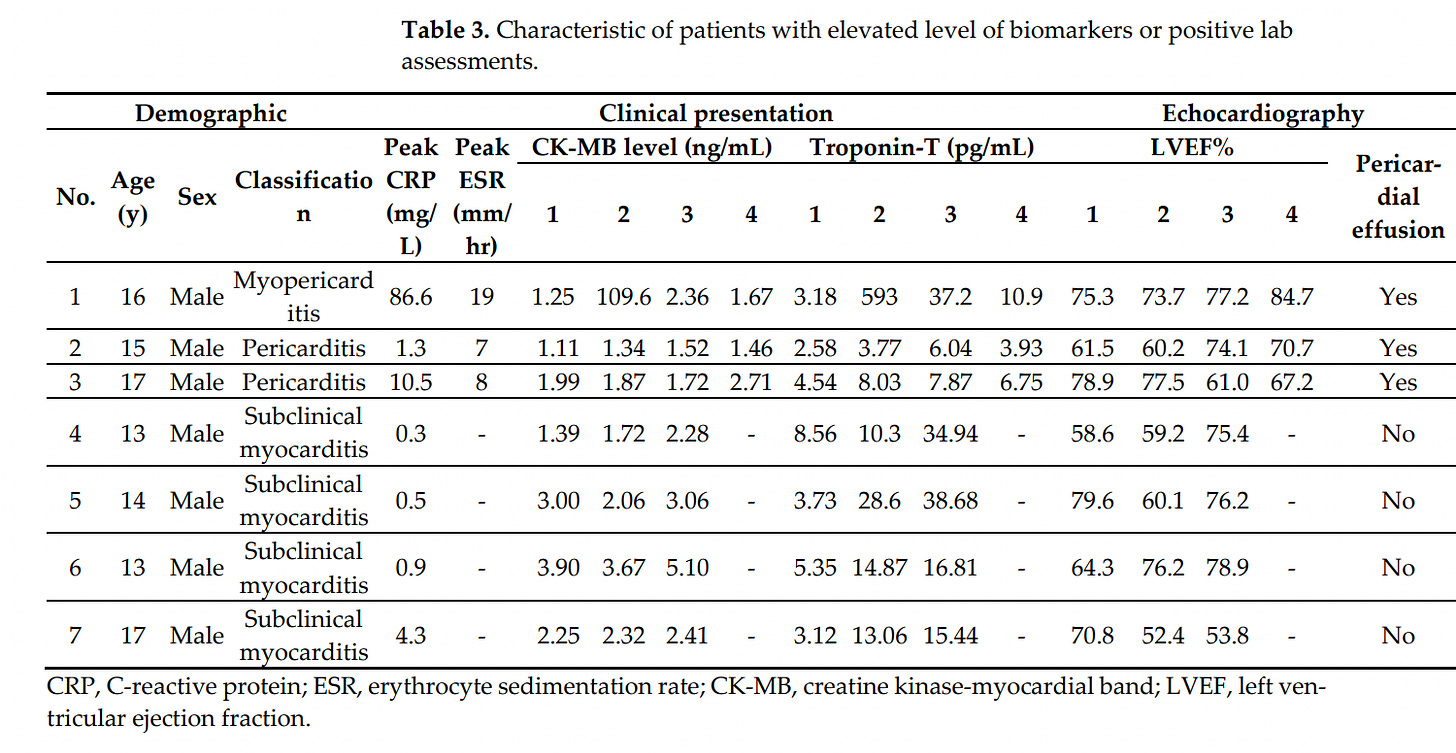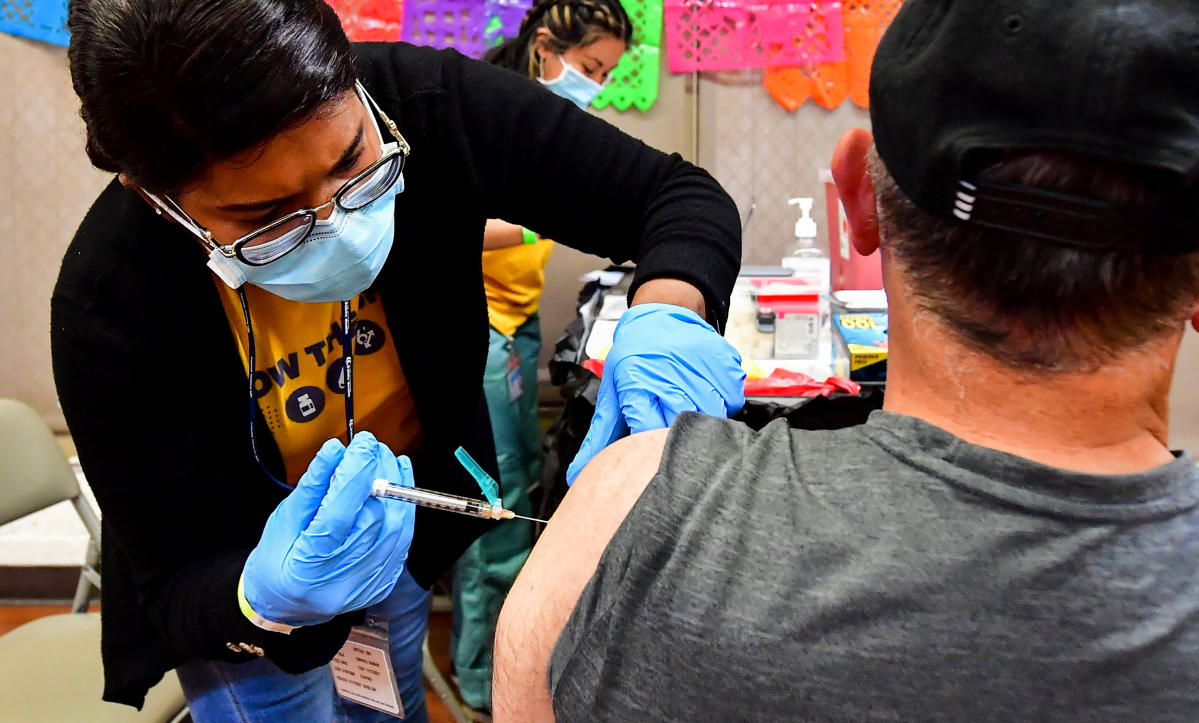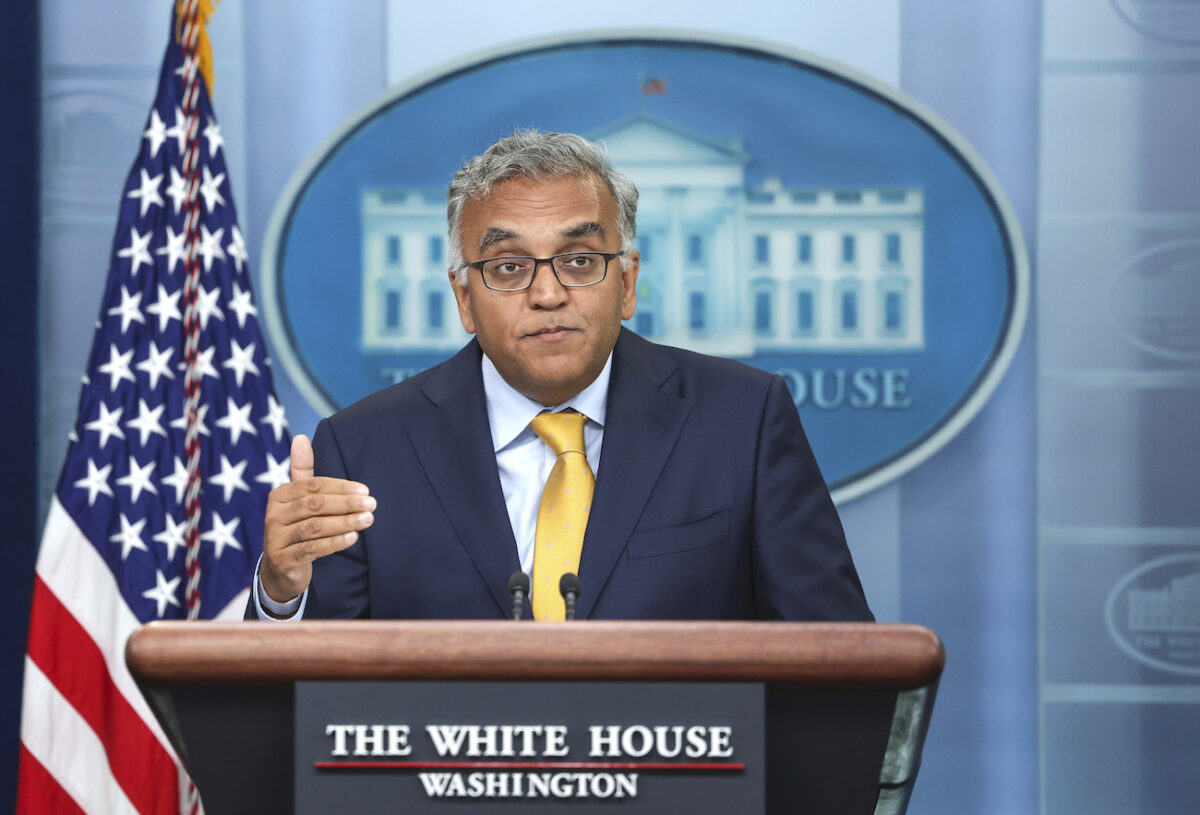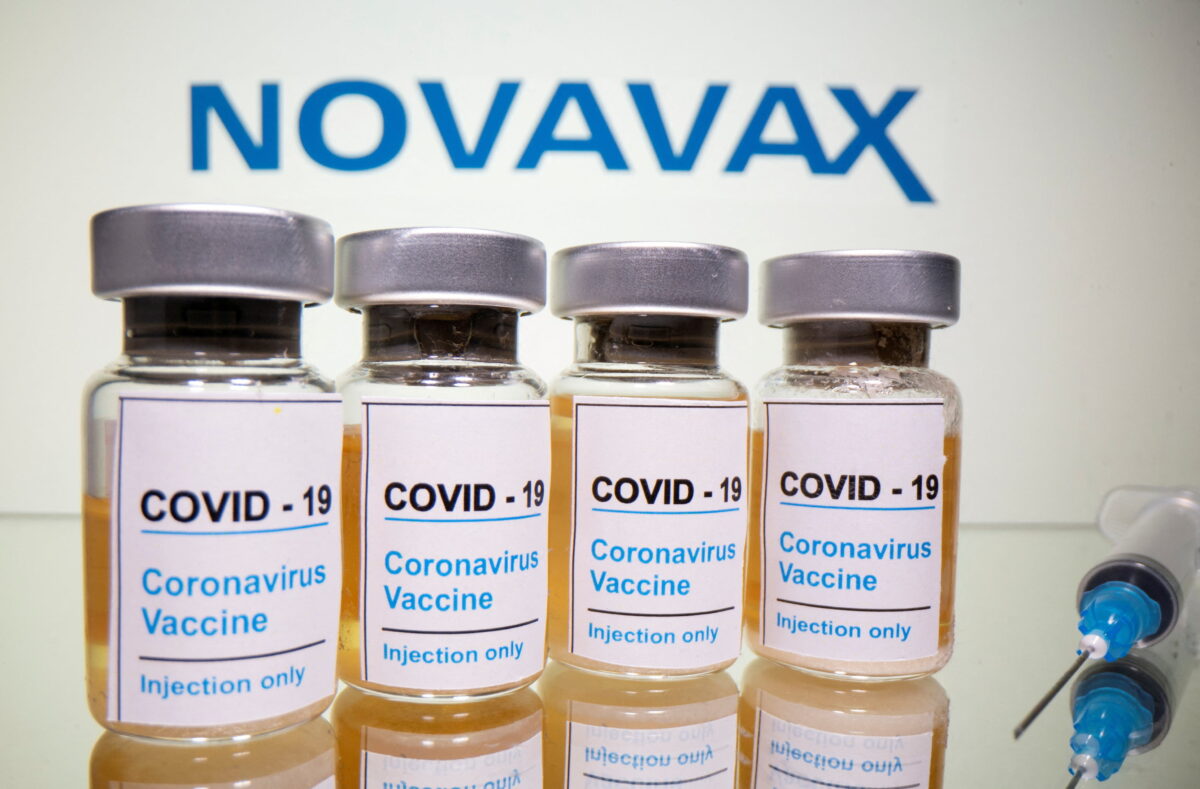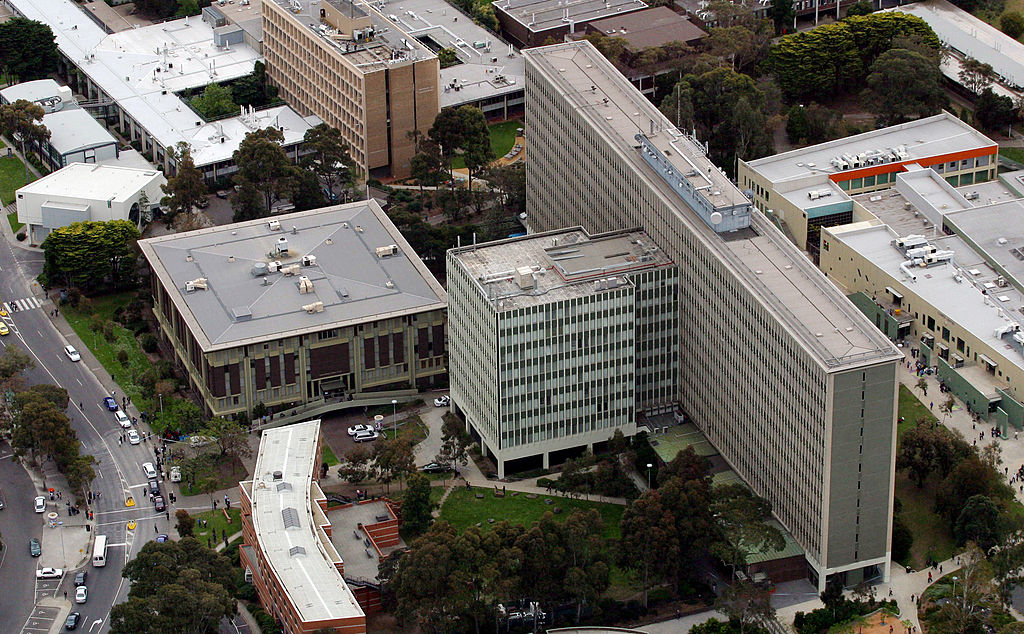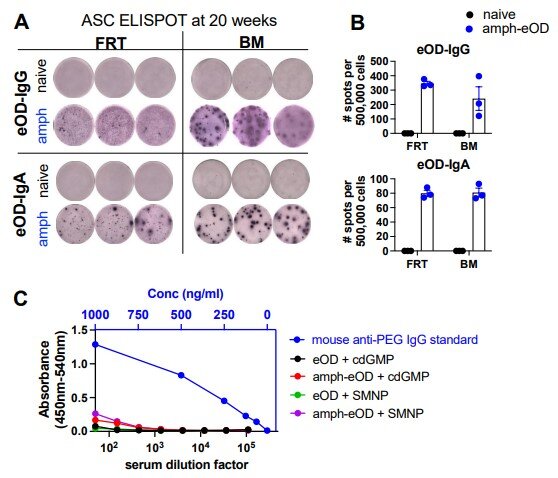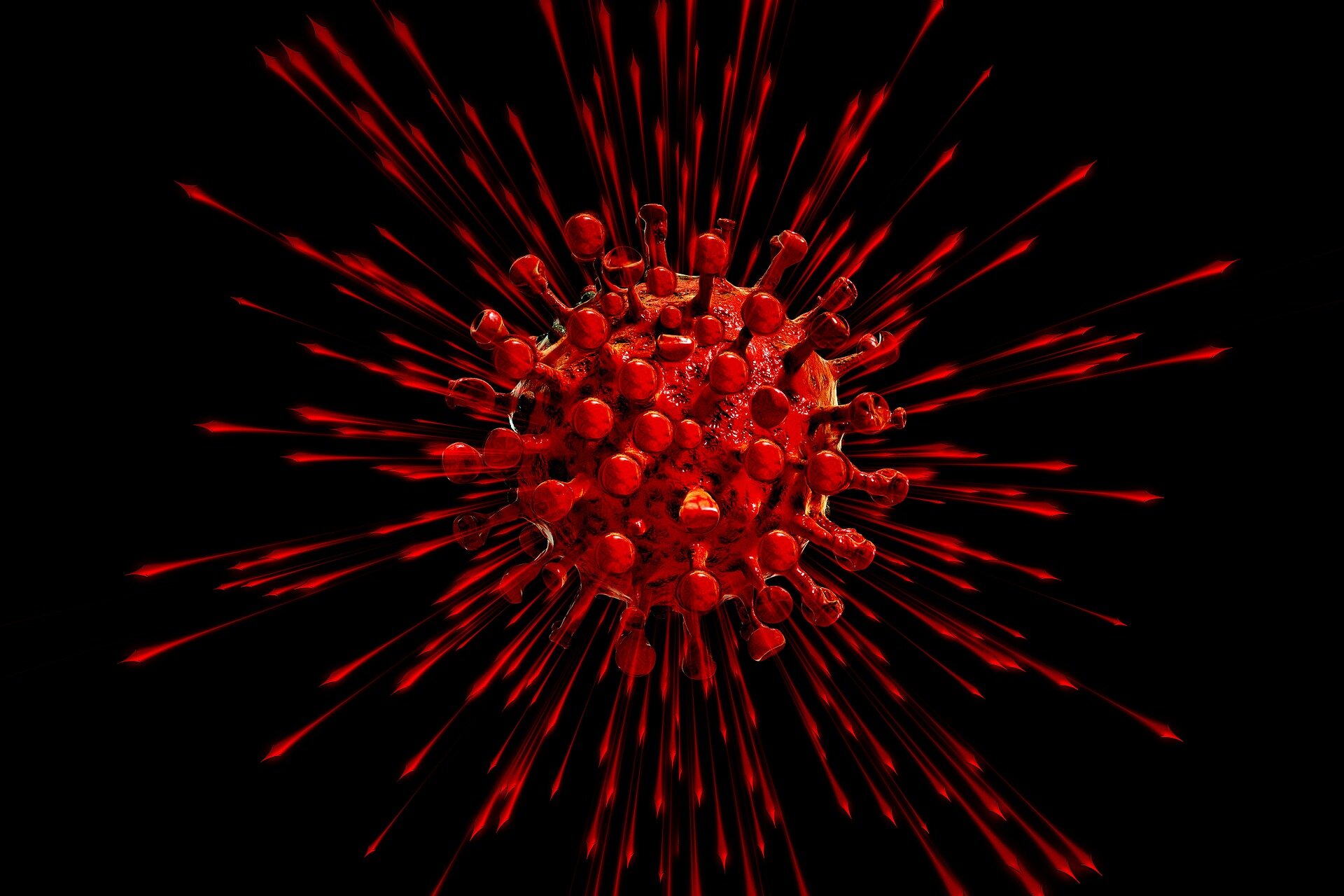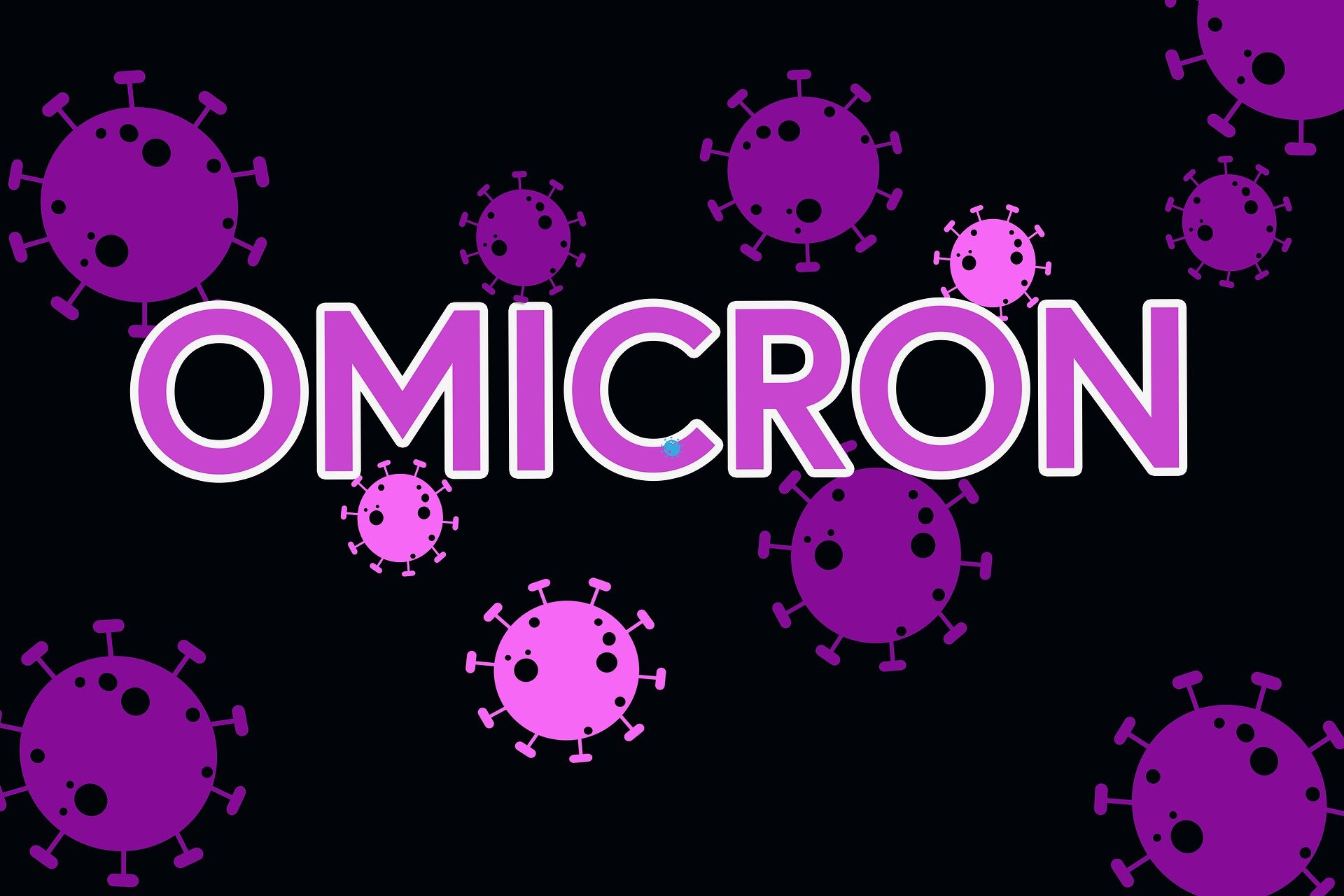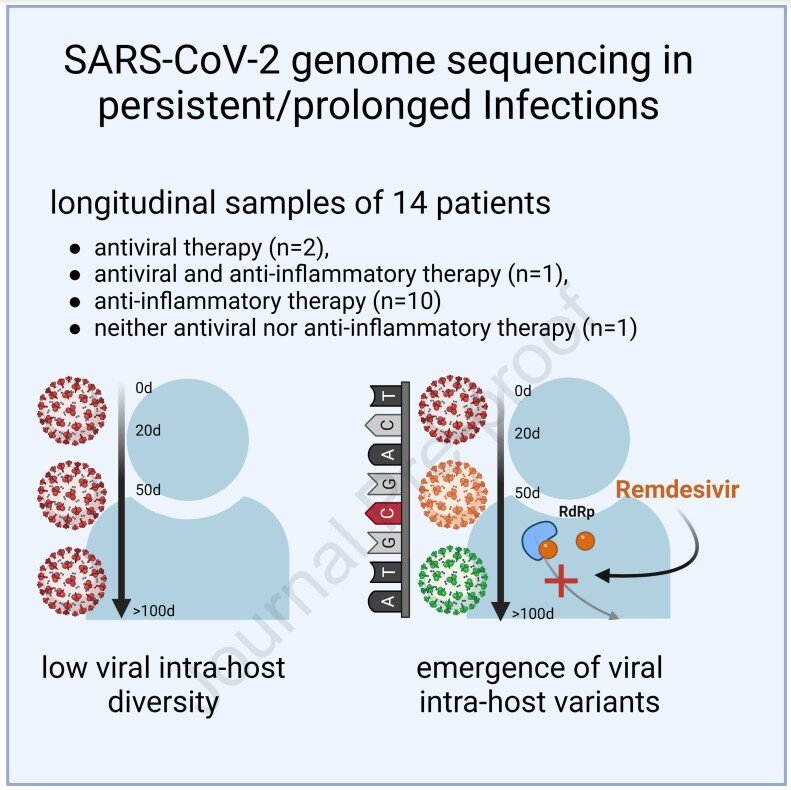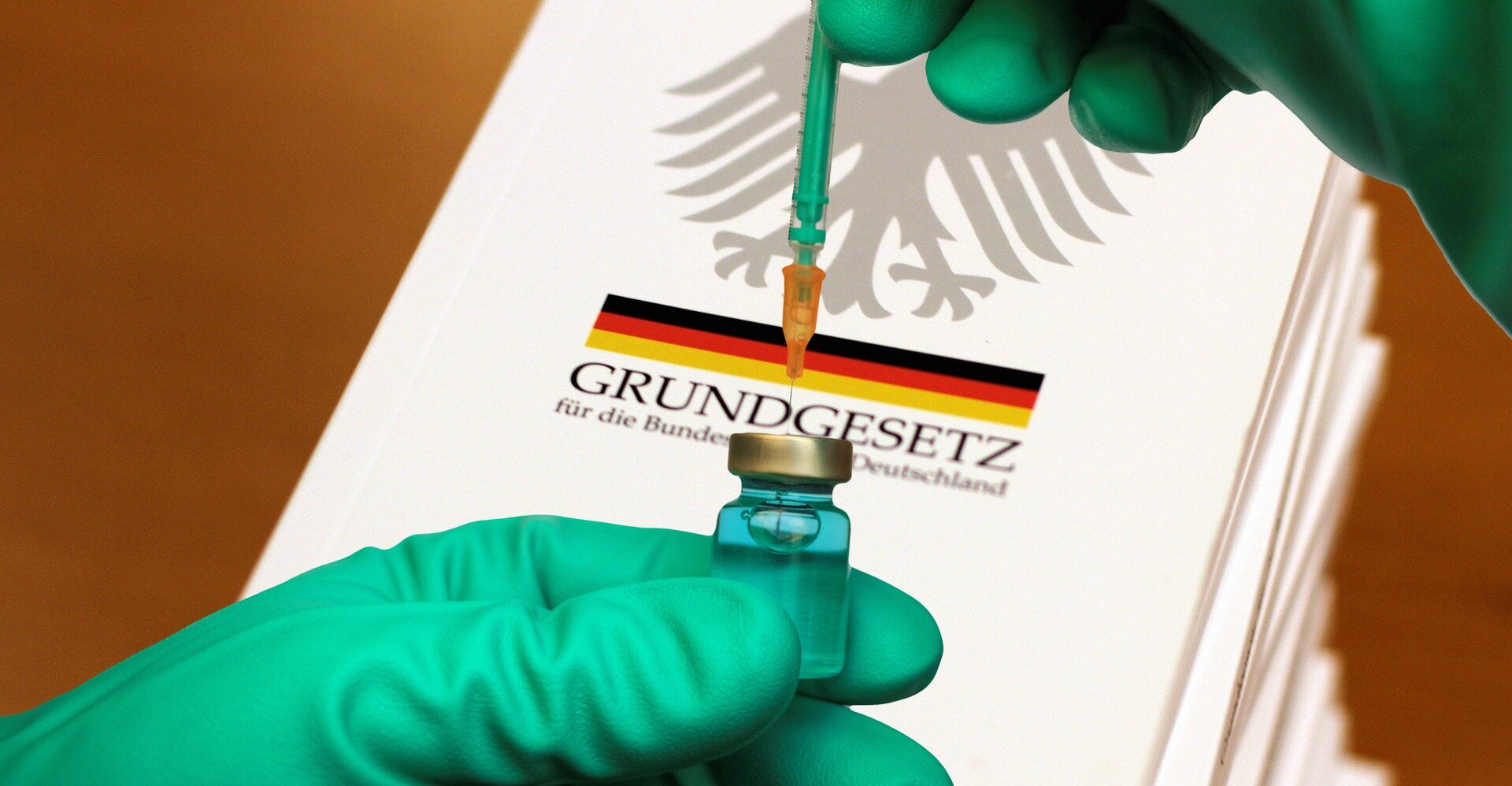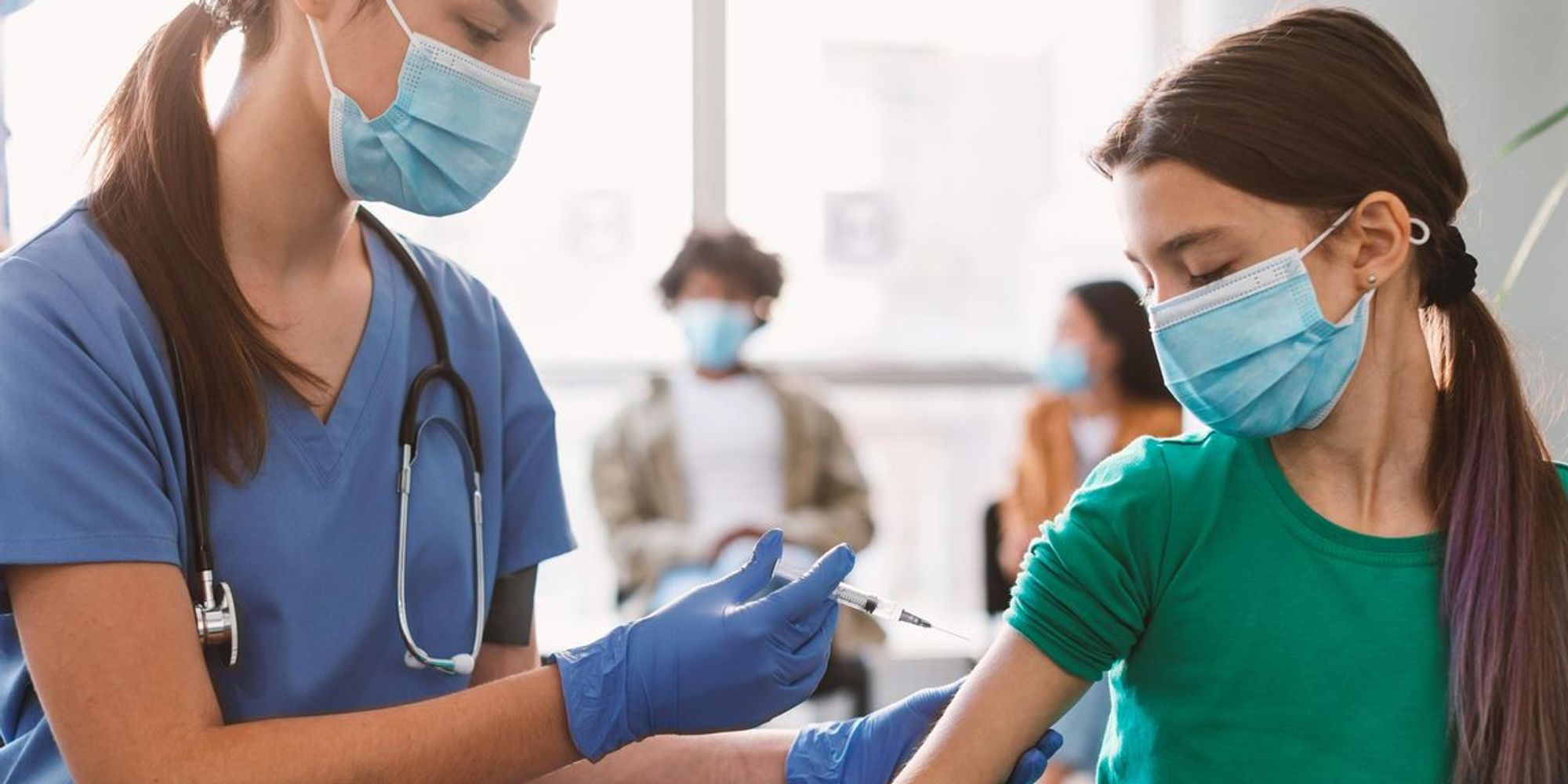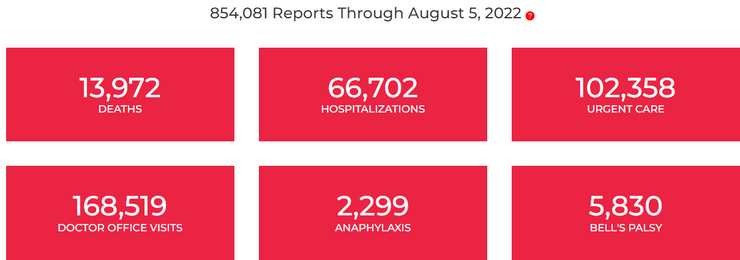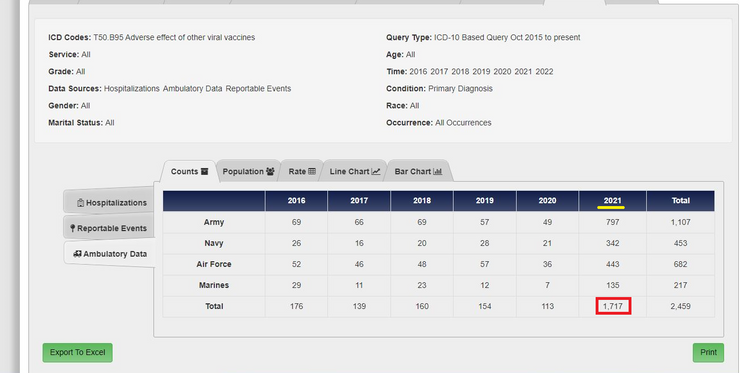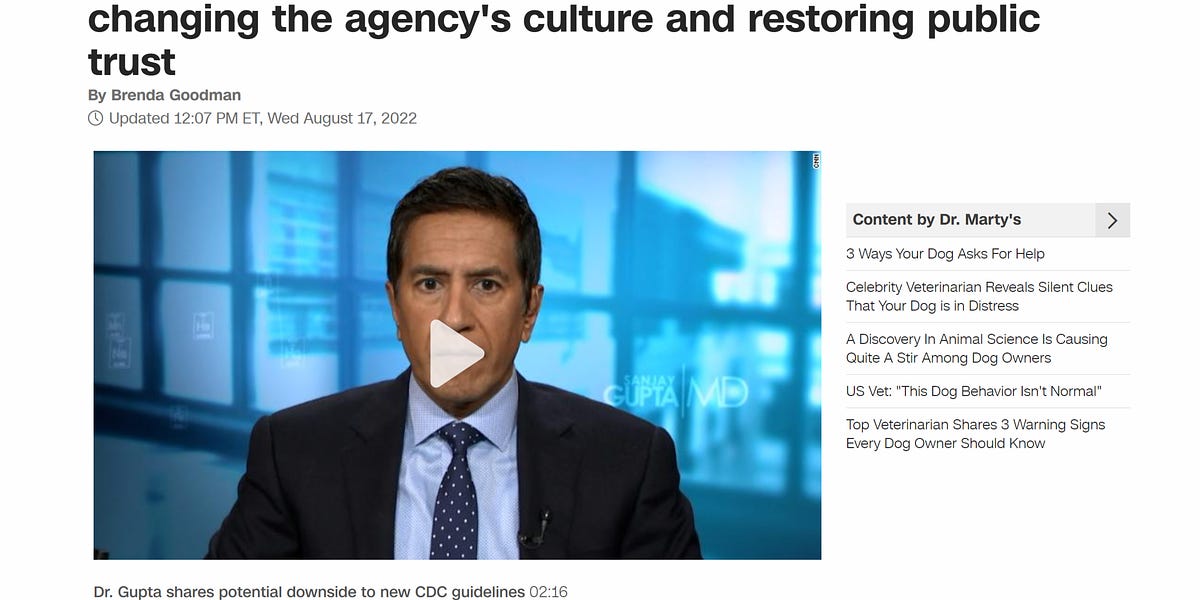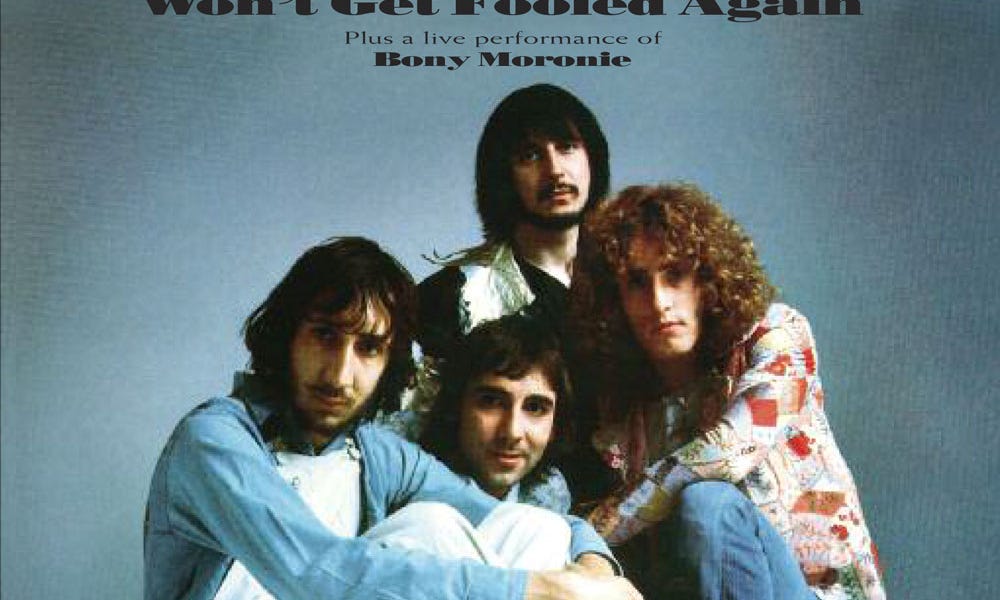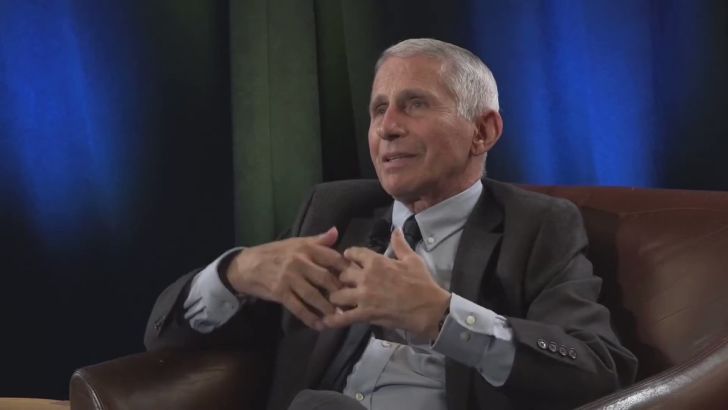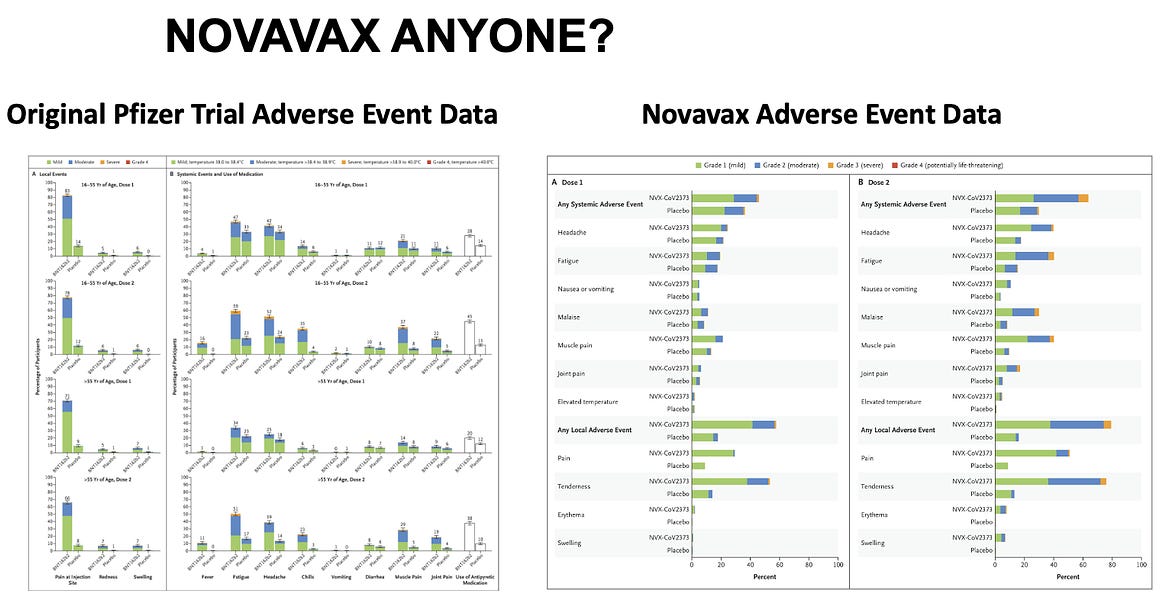The CDC and Dr.

ianmsc.substack.com
(fair use applies)
COVID Policy is a Story of Ego, Incompetence and Unending Commitment to Failure
Ian Miller
10 hr ago
The CDC and Dr. Fauci have done incalculable damage to society with their incessant promotion of ineffective restrictions on normal life.
There, unfortunately, are no comforting explanations for their absurd disregard for reality.
The combination of incompetence, ego, and hubris has been unrelenting in its consistency and refusal to acknowledge mistakes.
But what might be even more concerning is that many of these supposed “experts” happily defend their nonsensical positions by claiming that they represent the truth and others are misleading the public.
No matter how many times that’s proven wrong, it seems impossible for them to move forward and allow the country to permanently get past the pandemic.
School districts, colleges and businesses continue to enforce rules and mandates based on the recommendations of the same people endlessly repeating that the pandemic is not over.
What should be over is anyone paying attention to them ever again.
Unmasked is a reader-supported publication. Paid subscriptions help the work continue, while any and all readership is extremely appreciated
Fauci’s Ego
It’s abundantly clear, two-plus years into the pandemic, that part of the reason why disproven COVID “interventions” have continued for so long is the egos of the supposed experts involved.
Perhaps no one symbolizes the massive, runaway, unchecked self obsession of credentialism better than Dr. Anthony Fauci.
Fauci has repeatedly referred to himself as representing science, and pointedly argued with any criticism of his methods and activism.
But Fauci recently took it a step further, claiming during a discussion that people go to medical school because of what he symbolizes.
According to Fauci, “in an era of the normalization of untruths and lies,” he represents “consistency, integrity” and most laughably, “truth.”
August 10th 2022
40 Retweets123 Likes
It’s hard to believe the hubris and lack of integrity required to make these claims after Fauci’s disastrous tenure running the nation’s COVID response.
Fauci’s Track Record
Fauci has blatantly lied and manipulated the public on multiple occasions; from claiming that he initially said masks didn’t work to protect supply for healthcare workers, to his inaccurate denials of involvement in funding potential gain of function research, his attempts to label those who questioned the origins of the virus as conspiracy theorists, to admitting that he moved the goalposts on vaccination rates to reach herd immunity so more people would get vaccinated.
He criticized governors like Ron DeSantis for following science and reopening their economies, while praising disgraced politicians like Andrew Cuomo because of their ideological alignment.
Not to mention his abhorrent promotion of school closures, ineffective lockdowns and absurd “untruths” about disproven pseudoscience like “double masking.”
And of course, his delusional, profoundly incompetent pronouncements that the vaccines were 100 percent effective.
Given how poorly the medical profession has conducted itself over the past several years, it wouldn’t be a complete shock if many entering medical school
do view Fauci as a hero for his actions during the pandemic.
But for anyone paying attention to his actual track record of prolific inaccuracies and relentless political advocacy, it’s abundantly clear that Fauci helped create an unmitigated disaster.
Lockdowns have destroyed economies, leading to runaway inflation while accomplishing nothing in terms of reducing disease burden. School closures have been a historic setback for the nation’s children. Masks, on top of being completely useless, have contributed to learning loss, been an environmental catastrophe and increased societal divisions.
Everything Fauci has recommended has undeniably failed. His tenure will go down in history as one of the country’s biggest unforced errors; a disaster of unimaginable proportions.
But when, like Fauci, you have the world’s biggest ego and the protection of the press, you apparently can feel comfortable making these unfounded, inaccurate, offensive claims about your own self importance.
CDC Finally Updates Guidance to Align With Reality
Finally, after well over a year of scientific evidence and data confirmed that vaccinated people were just as likely to get and spread COVID as unvaccinated people, the CDC has accepted reality.
The nation’s leading public health agency has now ended different treatments for vaccinated and unvaccinated individuals.
While this is a welcome change, it comes too late for millions of people who were fired from jobs, discharged by the military, or denied entry to schools or events due to vaccination status.
But the important question is, where is the outcry to hire back those who lost their jobs because the “experts” were so hopelessly wrong about the benefits of the COVID vaccines?
Remember too, that the Biden administration, with the full support of the CDC and people like Dr. Anthony Fauci, attempted to force every private business with more than 100 employees to mandate vaccines as a condition of employment.
Thankfully judges struck down that unconstitutional, anti-science attempt, but not before many businesses followed their advice regardless.
Global policies were enacted based on the lie that vaccinated people were far less likely to test positive for COVID and spread it to others. Discriminatory mandates still continue today, and are enforced by governments and corporate executives too cowardly to speak up.
Nearly all of these decisions were made by terrified administrators, politicians and corporate executives because they believed blatant inaccuracies from the CDC.
Will they now condemn their past remarks and apologize, the way they so often do when political activists demand it for some perceived slight?
Of course not. With the protection of a willing media, the CDC will never receive blame for its hopelessly inept guidance, and none of the decision makers involved in creating mandates will ever have to answer for the damage they’ve caused.
But lest you be concerned that the CDC might have put politics entirely behind it, don’t worry, it still recommend
useless masking to prevent the
spread of COVID.
More School Masking
Among all the ridiculous COVID policies that have persisted into 2022, school masking might be the most indefensible.
On top of the mountains of evidence that have accumulated over the past several years confirming that
masks are useless, data to support
masking kids is even
worse.
There have been studies conducted in multiple countries concluding that masks do not work in schools, and endless data comparisons showing school districts without mandates had similar or better COVID case rates to those with mandates:
But that doesn’t seem to matter to school administrators.
Just a few weeks ago, a number of districts across the country announced new
masking policies.
Despite the conclusive data against forcibly masking kids, that hasn’t stopped yet another school district from imposing harmful, ineffective mandates.
But this one has a new, even more confusing twist.
The Philadelphia school district has mandated masks for the first 10 days of the school year, although for some bewildering reason, pre-k students will be forced to mask the entire year:
“For the first 10 days of the new school year – from August 29 through September 9 – all students and staff will be required to wear masks while in school, regardless of the
COVID-19 Community Level,” the announcement reads.
“Students and staff at PreK Head Start programs are still required to wear masks at all times, regardless of the Community Level.”
That’s correct, on top of the ludicrous 10 day mandate, 3 to 4-year olds will be forced to mask at all times, based on nothing.
It gets even dumber.
Any time the area is in the CDC’s entirely arbitrary “high transmission” level, mask mandates will be imposed automatically:
“The letter states that when the Centers for Disease Control and Prevention
COVID-19 community transmission level is high, students and staff will be required to wear masks in schools. When the level is medium, masking is ‘strongly recommended.'”
On top of these horrifying policies, students that have been exposed to COVID can remain in school, but only if they’re masked for 10 days.
Forcing kids to wear useless facial decorations for 10 days to assuage the fears of terrified adults is a perfect example of
the absurdity of COVID policies in 2022.
Decisions like this in many areas across the country indicate that these administrators intend to keep children masked indefinitely.
If two and a half years of masking being completely ineffective isn’t enough for them to stop, when will it ever end? Their incessant political virtue signaling is going to needlessly harm children, all to avoid admitting they were wrong.
On top of the local officials, the CDC and other “public health experts” share significant blame for this offensive policy.
They could have acknowledged their mistakes and moved on from the pandemic long before this, but instead chose to double down and continue their nonsensical recommendations. So instead of parents and children being able to look forward to a maskless school year, they’ll be forced to endure this pointless ritual to protect the egos of incompetent bureaucrats.
What these districts are doing to children will have tremendous, long lasting harms, with quite literally zero benefit to show for it.
In settings where educators are supposed to protect and educate children, they’re purposefully hurting them instead.
The endless cycle of dangerous misinformation has contributed to seemingly permanent masking and vaccine mandates.
Three key factions continue to work together in conjunction to prolong the pandemic.
“Experts” like Dr. Fauci, whose massive ego led to a bewildering claim to stand for “truth,” have helped contribute legitimacy to school administrators incapable of moving past their politically motivated restrictions.
The CDC, whose guidance that was much too late to fix the damage caused by their incompetence and who still haven’t ended the unscientific ban on unvaccinated travelers.
And school administrators who appeal to authority to justify their inability to move past politically motivated restrictions.
This combination, as long as it’s allowed to continue, will wreak further destruction on society.
As always, pointing out the hypocrisy and inaccuracies in their own statements is the only way to further undermine trust and end their influence.

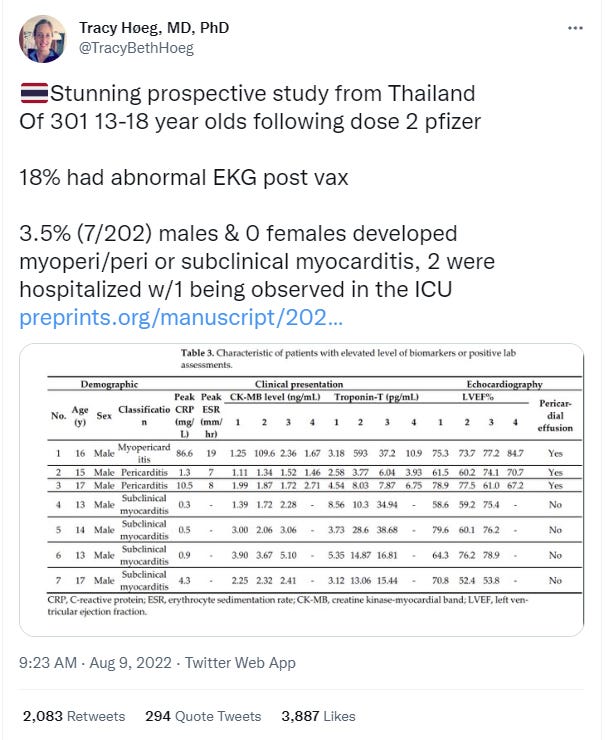



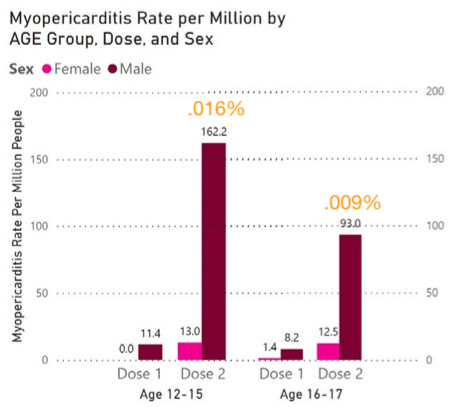
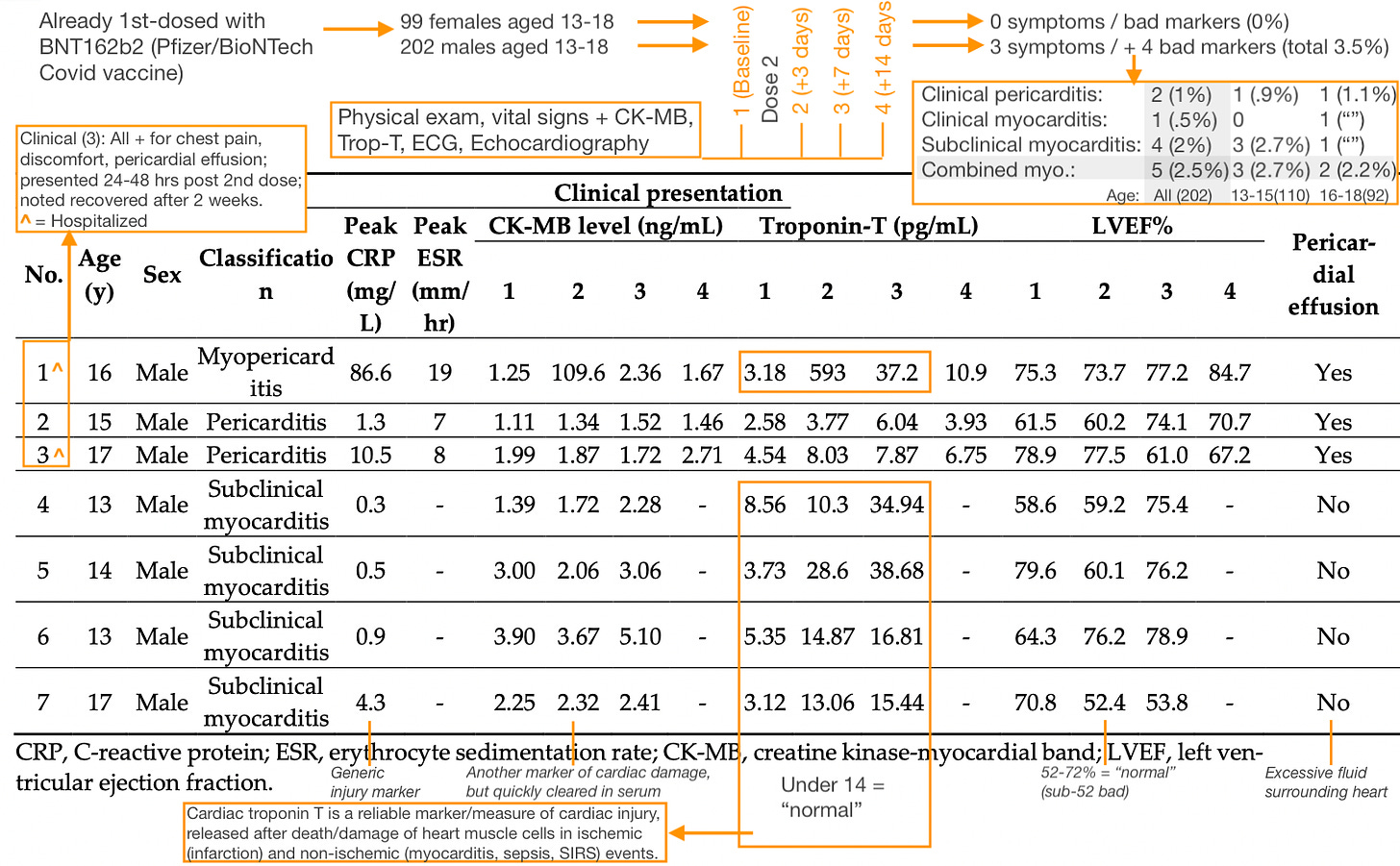

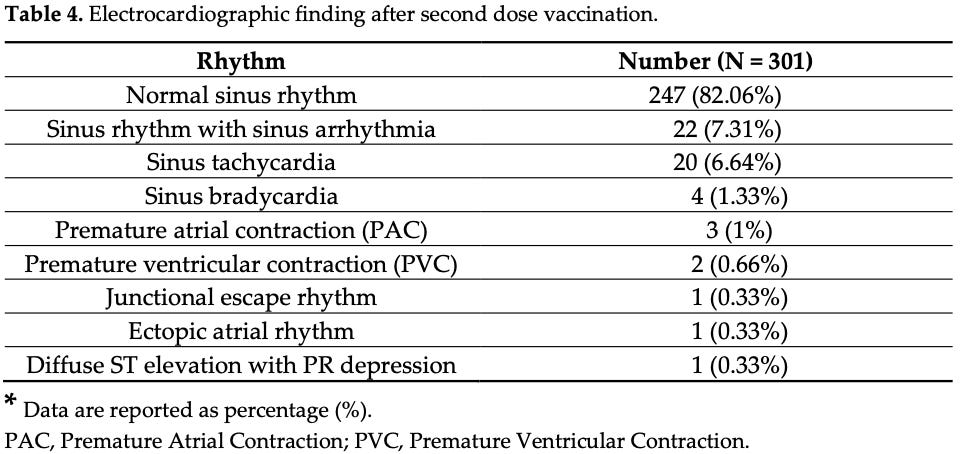
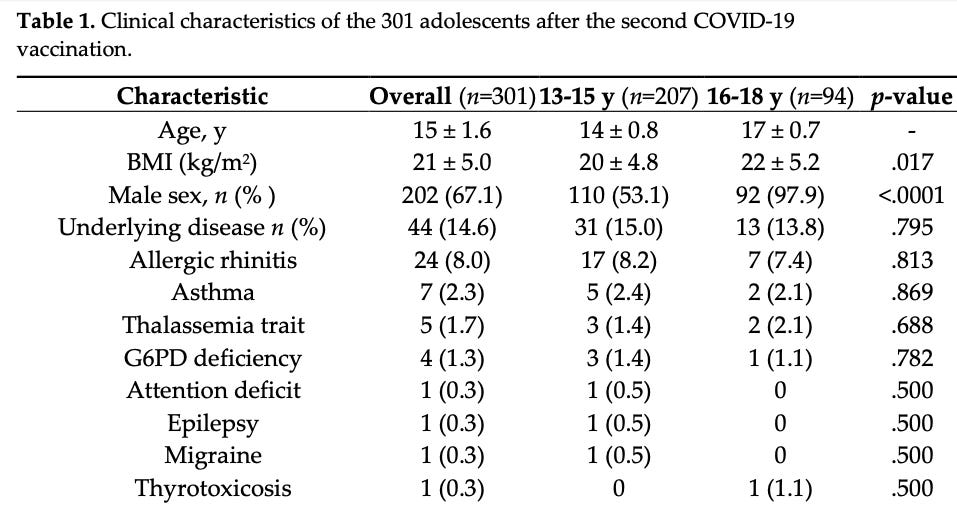
 I’m just joshing RB….
I’m just joshing RB….
